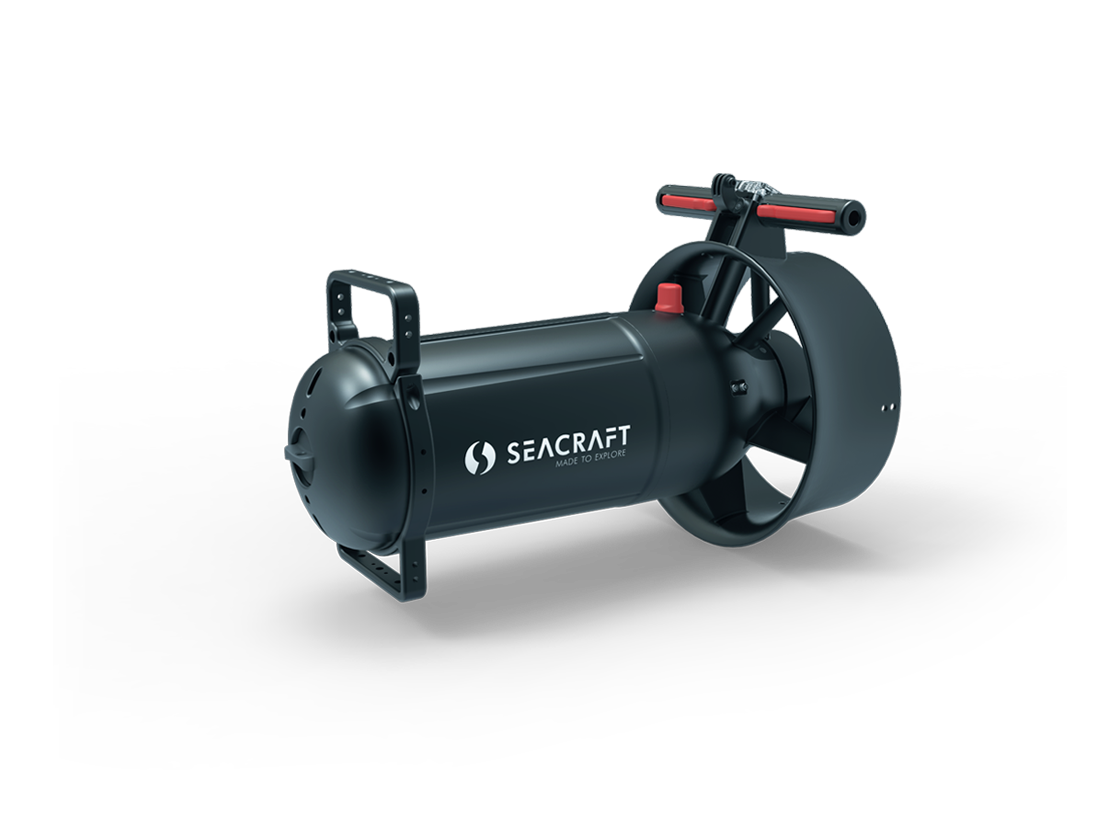DISCLAIMER: No official number below, just somehow "educated" guess. Numbers can be argued, the point is to show that battery cells do not constitute 90% of the price of manufacturing a product like this, even 50% final customer price would be virtually impossible to sell without making a loss.
I think you really don't realize how expensive developing a product can be. Just to give you an example, a simple plastic part a few cm/in across, something super basic. The injection mold will cost easy 4-5K$. These molds are not forever, the wear out over time.
Now make a wild guess of how many parts are inside a DPV and multiply by 5K$ (at least because the price I gave is for a very trivial/basic part).
Now that wouldn't be a problem if you build thousands of DPV a year, spoiler, not the case. So one way or another you have to make up these costs. Oh and I forget, 5k$ is only if you manage to produce the final mold production from the first attempt, if you do any modification to anything (which you will) you of course can pay again for a new mold. So whatever number you came up with first... Increase it by at least 50% ...|
------------
Now of course the battery needs certification, like the CE certification and an additional certification to be air travel certified UN 38.3.
Let's just say that just this will cost you easy 50-100k$ / certification.
So take a wild guess how many DPVs can be sold per year, amortize over 5 years (maybe less/more), and you have a certification cost per battery module.
Oh and of course, the DPV itself needs to be CE certified too, so let's add another more complex certification on top.
------------
Long story, these products, just like CCRs, are not high volume (10k+ units/year), you can't just say there's a 6-10x markup. Simply because it's not true.
A good quality cell will cost easy 7-10$/cell (let's just agree that you don't want in your scooter no-name chinese cells at 2$ a piece), I don't think to be widly off in terms of price. Anyone who home build DPV battery packs should be able to confirm.
About 10Wh/cell (depends on the cell.
58 cells required * 8.5$ (middle of range) = +/- 500$ of just cells (edit: this is just a guesstimate, fundamentally even if it was free... It wouldn't dramatically impact the cost of the pack, the point of this message is to highlight that battery cells are a small % of the final price for a good reason).
So just here, we are below your 6-10x range ... So clearly your assumption makes no sense.
Adds the manufacturing costs, shipping costs, import taxes, development costs, testing costs, and certification costs, and paying the dealers & distributors.
I wish you a very good luck to make a significantly cheaper product.
------------
But you know, it's good news. The battery plug is non proprietary, and perfectly available online. I beg you to do better and show everyone how to offer affordable battery packs. Maybe you can even make good business and make huge money (I mean ... Not if you want to sell your packs for 500$ for sure

)
View attachment 753740






